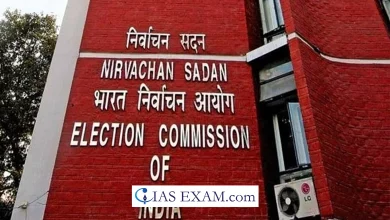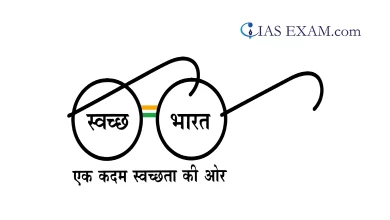UPSC Editorial Analysis
Capital Punishment in India

[GS Paper 2 – Indian Polity, Executive and Judiciary]
Context – CJI, Justice Lalit had displayed unique sensitivity to the plight of the condemned ‘death row prisoners’ in Anokhi Lal vs State of M.P. (2019), Irfan vs State of M.P., Manoj and Ors vs State of M.P. (May 2022) and impart corrections in the form of creative directions/guidelines.
About Capital Punishment
- Capital Punishment or otherwise known as Death Penalty refers to the execution of an offender sentenced to death after conviction by a court of law for a criminal offence. It is different from extrajudicial executions which are carried out without the due process of law.
- Both the terms Capital Punishment and Death Penalty are interchangably used despite the fact that imposition of penalty is not always followed by execution owing to the possibility of commutation of life imprisonment.
Capital Punishment in India
- Bachan Singh case – In Jagmohan Singh vs State of UP’ (1973), then in ‘Rajendra Prasad vs State of UP’ (1979), and finally in ‘Bachan Singh vs State of Punjab’ (1980) the Supreme Court affirmed the constitutional validity of the death penalty.
- Punishment according to fair procedure – It said that if capital punishment is provided in the law and the procedure is a fair, just and reasonable one, the death sentence can be awarded to a convict.
- Rarest of rare case: This will, however, only be in the “rarest of rare” cases, and the courts should render “special reasons” while sending a person to the gallows.
Problems with Existing Guidelines
- Arbitrary sentencing: There has long been a judicial crisis in death penalty sentencing on account of unprincipled sentencing, arbitrariness and worrying levels of subjectivity. The crisis has been acknowledged by the Supreme Court, the Law Commission of India, research scholars and civil society groups.
- Crime-centric nature: Death penalty sentencing has been, by and large, crime-centric. This approach goes against the requirements imposed on sentencing judges by the Supreme Court in Bachan Singh (1980).
- Nature of crime a dominant consideration: An important reason for the breakdown is that factors relating to the crime, the nature of the crime and its brutality are often dominant considerations, and there is barely any consideration of mitigating factors.
- Little discussion on mitigating factors: There has been very little discussion on bringing the socioeconomic profile of death row prisoners as a mitigating factor into the courtroom.
Change in Guidelines with Recent Judgments
- Considering Potential mitigating circumstances: The focus here is on reframing ‘Framing Guidelines Regarding Potential Mitigating Circumstances to be Considered While Imposing Death Sentences’, a decision authored by the three judge Bench (the current CJI and Justices Ravindra Bhat and Sudhanshu Dhulia, September 19, 2022).
- Seeking remedies beyond Legislative and judicial limitation: Such a reference to a larger Bench would constitute yet another step in the direction of death penalty sentencing justice reform such as the legislative limitation flowing from Section 354(3) in the Code of Criminal Procedure; judicial limitation flowing from the ‘rarest of rare’ case; and ‘oral hearing’ after all the remedies to the condemned are exhausted.
- Mitigating factors are important: Justice Ravindra Bhat did not stop at paying lip service to ‘rarest of rare’ case limitation, but also required the sentencing court to take the trouble of balancing the aggravating factors and mitigating factors, as per the full Bench ruling.
- The following observations of the Court are significant: “It is also a fact that in all cases where imposition of capital sentence is a choice of sentence, aggravating circumstances would always be on record, and would be part of [the] prosecutor’s evidence, leading to conviction, whereas the accused can scarcely be expected to place mitigating circumstances on the record, for the reason that the stage for doing so is after conviction.
- Granting real and meaningful opportunity: The three judge Bench decision seems to have gone beyond sentencing incongruities when it observes: “This court is of the opinion that it is necessary to have clarity in the matter to ensure a uniform approach on the question of granting real and meaningful opportunity, as opposed to formal hearing to the accused/convict on the issue of sentence.”
Conclusion
Free, fair and transparent opportunity has been given to the accused while awarding the death sentence. Supreme court of India has rightly laid down the guidelines through judgement for sentencing the capital punishment to prevent the arbitrary use and misuse of capital punishment.





.png)



